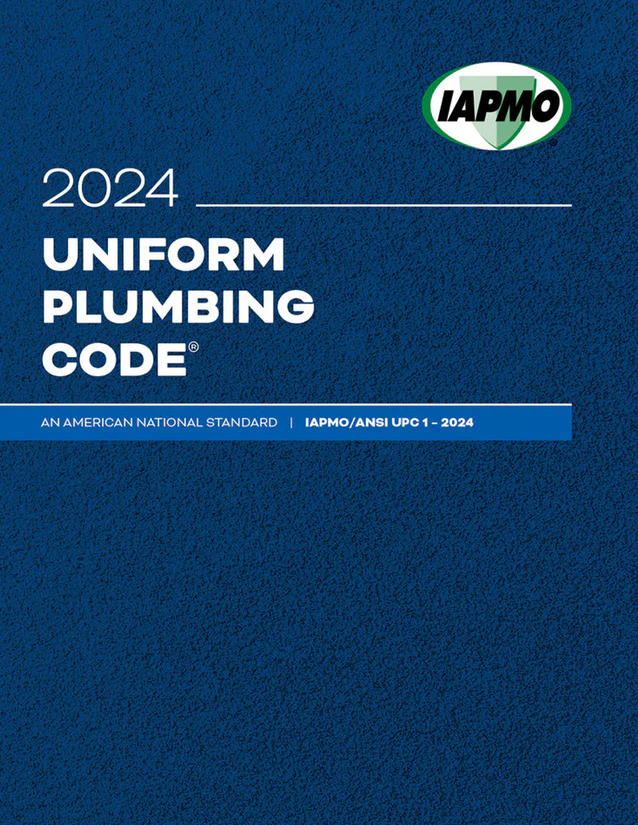Giving Construction Its Due
Buildings get viewed as simply means to an end, part of the infrastructure needed to conduct real economic activities inside. Worse, construction gets thought of as an expense rather than a hub of commerce. This of course diminishes the perceived value of everyone associated with the business of construction and its trades.
This sober thought persuaded the Washington (D.C.) Building Congress (WBC) to commission a study examining the impact of construction on the local economy of our nation’s capital. Heading it up was Dr. Stephen S. Fuller, professor of public policy at George Mason University, who presented the results May 1 at the 40th Annual Meeting of the Construction Writers Association, an organization that I’ve been privileged to lead as president as of that same date.
It was an eye-opener. Here are some of Prof. Fuller’s findings.
- The construction or “building” industry generated an economic impact totaling $26.7 billion in 1997, accounting for 14.8 percent of the Washington area’s Gross Regional Product (GRP).
- Direct income generated by the building industry totaled $15.9 billion, which supported a total of 432,844 jobs in the region. This would account for 13.7 percent of the area’s non-farm jobs.
- That $15.9 billion in direct income generated indirect economic benefits (re-spending) totaling $10.8 billion distributed across all sectors of the local economy.
- A survey of WBC members (an amalgam of individuals, companies and trade associations) found that 15 percent of their annual revenues were earned from activities external to the Washington region. If this percentage holds true for the entire construction industry, it would represent an additional direct contribution to the area economy of $1.4 billion in 1997.
- The income and business activity generated by the construction industry contribute state and local tax revenues amounting to more than $10.5 billion.
While federal spending continues to dominate the Washington area economy, amounting to 34.6 percent of economic activity, the building industry compares well with the economic activity generated by the region’s other primary core industries, including technology, hospitality (tourism) and international business.
I asked Prof. Fuller if these percentages are likely to be similar in other markets around the country. He replied that he would expect to see some variation, but generally we could expect to see construction accounting for 10–20 percent of economic activity in an area. In many places the impact would be greater, because few metropolitan areas have industries as dominant as federal spending in the Washington area.
Looking for a reprint of this article?
From high-res PDFs to custom plaques, order your copy today!








